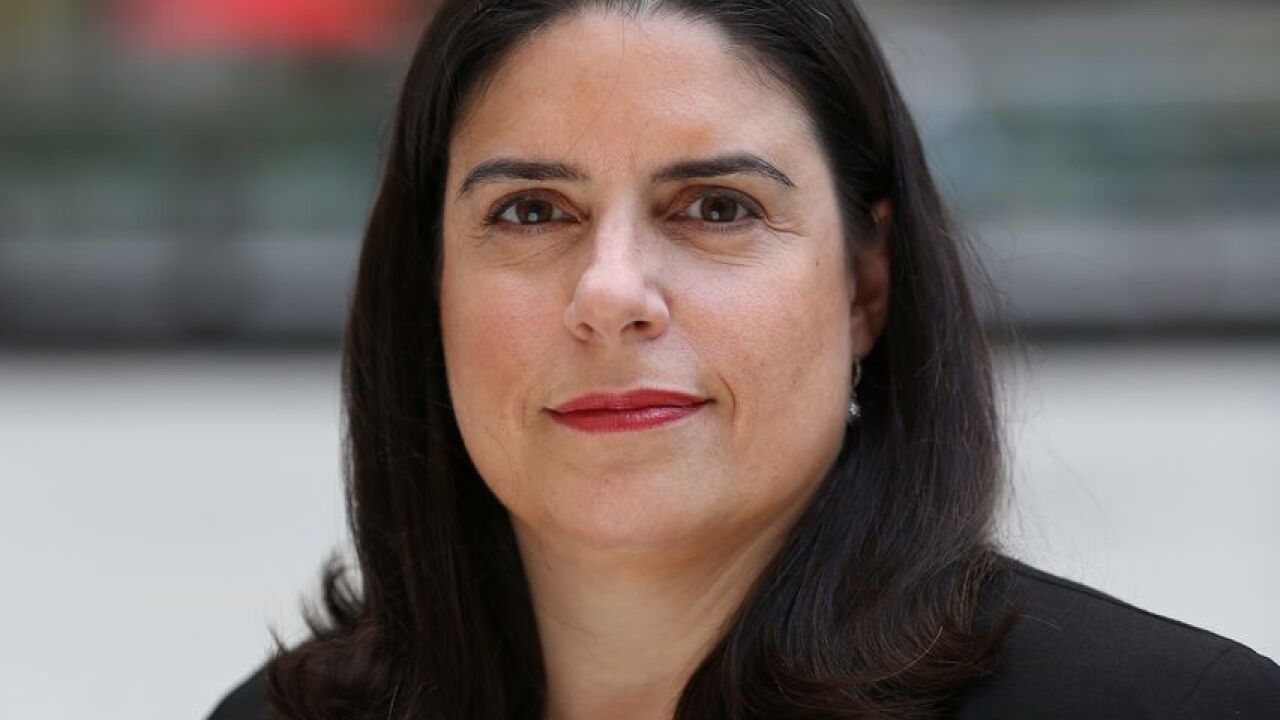With a new economic normal in place, Federal Reserve Bank of Philadelphia President Patrick Harker, said Friday he thinks the Fed should reassess its targets and may want to raise rates only twice this year.
“The most important issue on the table right now is that we need to consider the possibility of a new economic normal that forces us to reevaluate our targets,” Harker told the American Economic Association, according to prepared text released by the Fed.

“I’m a firm believer in the Fed’s mantra of being data driven, and 2018 is, for me, a year to be in monitoring mode,” he said.
With research suggesting the economy is in a low r-star environment, a downward trend in market interest rates, it “obviously pulls us closer to the zero lower bound and leaves us with less policy ammunition in an unexpected turn of events or, worse, a full-blown crisis. We can only play the hand we’re dealt, and fed funds can only operate within the scope that the natural funds rate allows,” said Harker, who is note a voter on the Federal Open Market Committee this year.
He said the conundrum is that monetary policy is an important tool, but a blunt one “ limited by the environment in which it’s conducted. When people talk about the Fed being the most important body in the economy, I have to laugh a little; it’s important, absolutely. But we are a single factor in a massive machine with multiple moving parts.”
So if the economy is in a low r-star environment that is expected to persist, Harker asked, “will we have to start discussing other options?”
“In such an environment, and with a symmetric loss function, it may be difficult to meet our inflation objective. Relatively frequent occurrences of zero lower bound constraints may imply that inflation will, on average, run below 2 percent rather than above it,” he said. “In that scenario, inflation expectations could trend down, making it even more difficult to meet our target. It may, therefore, be time to reevaluate the way we conduct policy. I should be clear that I’m not pushing for any changes, nor do I have any particular change I would prefer.”
He said various alternatives, including inflation targeting, price-level targeting, or asymmetric loss functions, need to be seriously considered.
And, he stressed, communication is key.
The economy should grow “a little under 2.5%,” with the jobless rate remaining low, but increasing slightly, and jobs created falling to about 100,000 a month by the end of 2019.
“Domestically, I expect inflation will run a bit above target in 2019 and come down to target the following year, but I am more hesitant in this view than I am on economic activity,” he said. “If soft inflation persists, it may pose a significant problem.”
Soft inflation, he noted, makes his view “two rate increases are likely to be appropriate for 2018.”
Besides “persistently under target” inflation, the unwinding of the balance sheet and the narrowing yield curve all warrant attention.
While the yield curve “worries so far have been a little inflated,” Harker likened it to the “flattening in the mid-2000s” rather than “the stagflation of the ’70s and ’80s.”
“Overall, I’m keeping the same watchful eye that I am on a lot of other developments, but I think the removal of accommodation will help somewhat, and I don’t think it warrants shouting ‘fire’ in a crowded theater,” he said.





